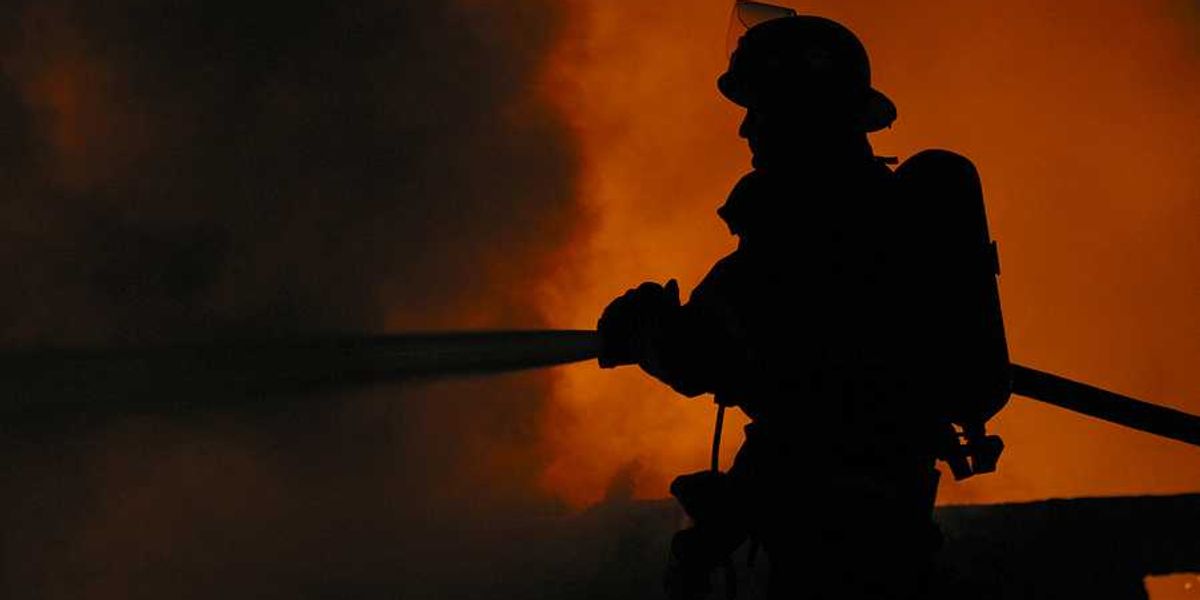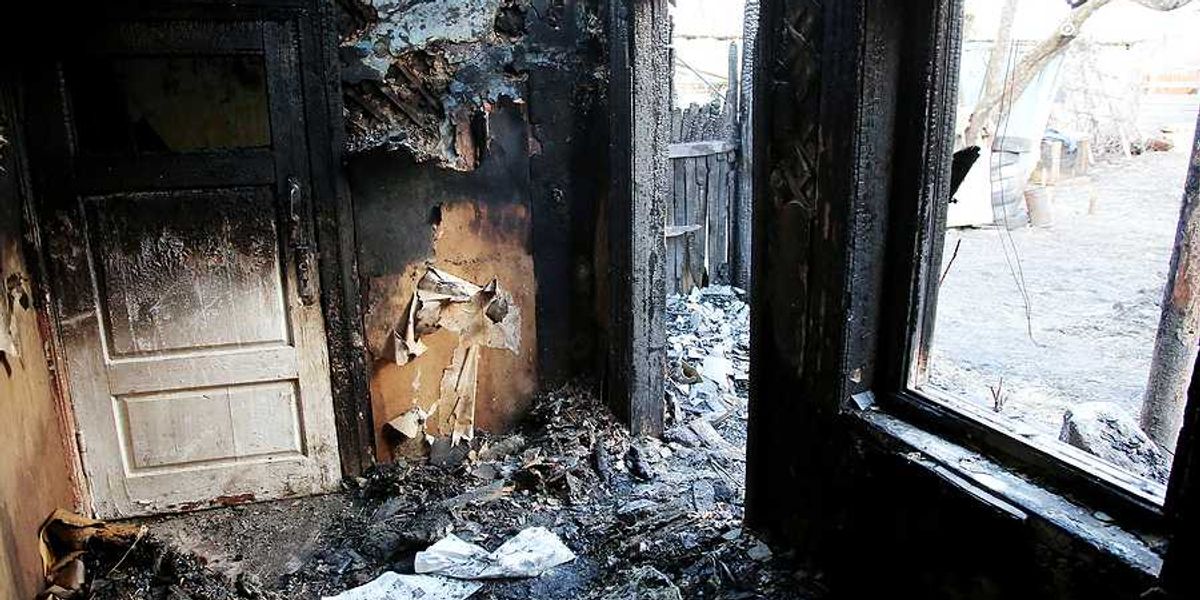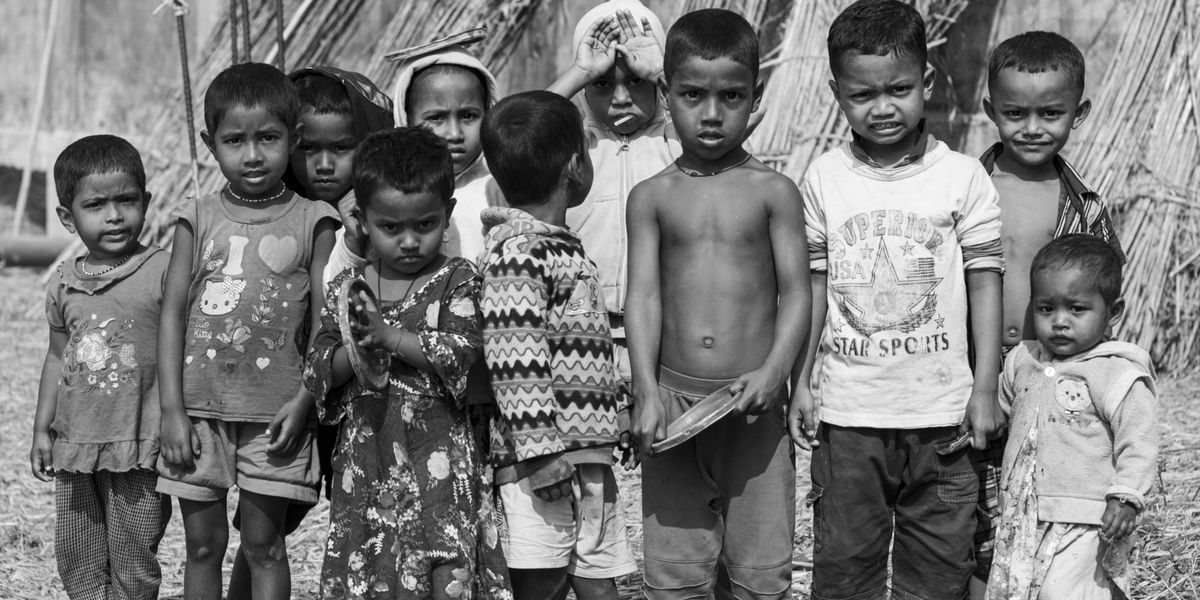Jet stream shifts worsen fires and epidemics, scientists find
A new study reveals how shifts in the jet stream, Earth's high-altitude winds, have long driven weather extremes, fueling epidemics, crop failures and wildfires.
In short:
- Researchers found that a northward shift in the jet stream during the Black Death coincided with cooler, wetter conditions, worsening the epidemic.
- Using tree ring data, scientists traced jet stream movements over 700 years, linking them to historical wildfires, disease outbreaks and crop failures.
- As the climate warms, jet stream behavior may become more erratic, intensifying extreme weather events and their consequences.
Key quote:
“The jet stream has caused these extreme conditions for 700 years in the past without greenhouse gases. To me, that’s a little scary, to think about the compound effects of simply adding more heat to the atmosphere and imagining how those extremes might get more extreme in the future.”
— Ellie Broadman, co-author of the study and a researcher at the University of Arizona
Why this matters:
Understanding the jet stream's role in past disasters helps scientists predict how climate change may amplify future weather extremes. This could threaten global food security and public health through stronger wildfires, floods and epidemics.












